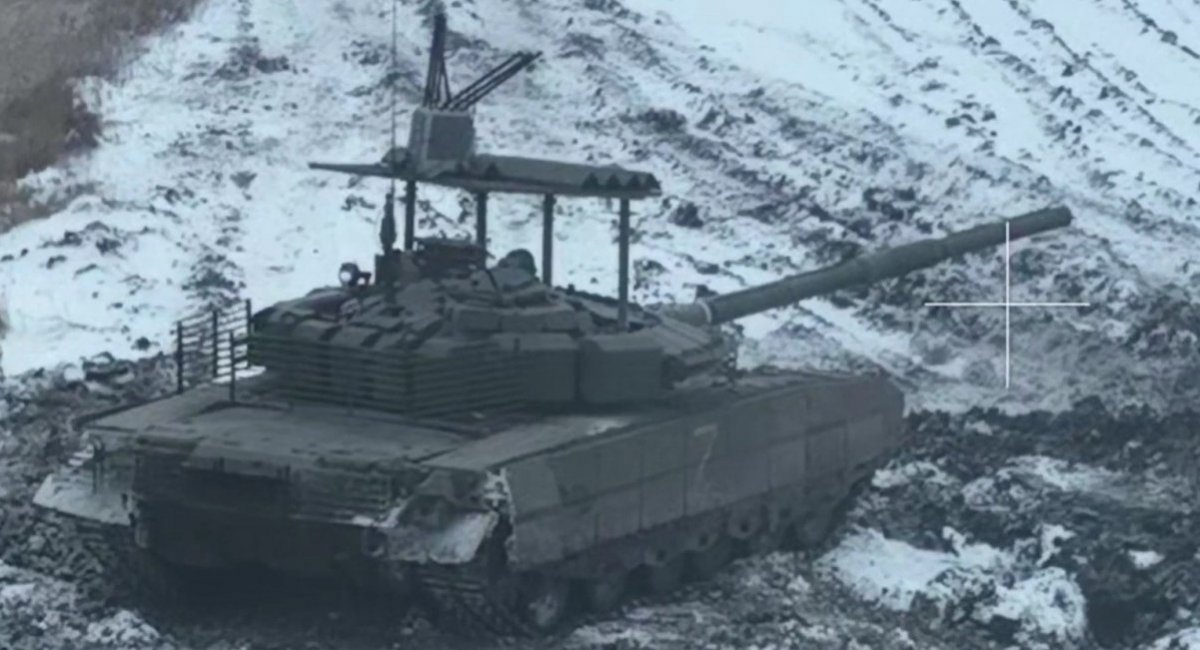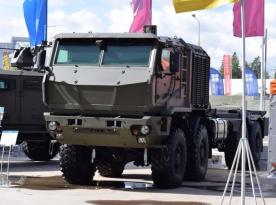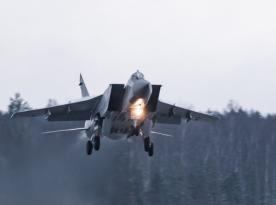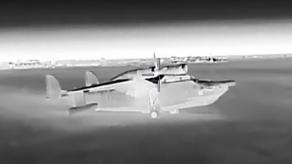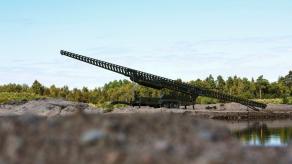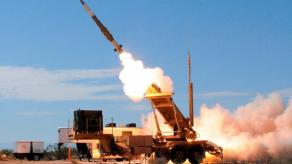Defense ministry of russia has announced it started to install Saniya electronic warfare systems on the main battle tanks of the russian army. The official video shows the antenna of this system on top of a T-80BVM.
What is described as an episode of real combat deployment of the vehicle near Pervomaiske, eastern Ukraine, features the tank itself, the EW system which is supposed to counter drones, and of course, the footage was filmed by a drone within the supposed range of the jammer.
Read more: Ukrainian Kamikaze Drones with Machine Vision Destroy russian Pantsir-S1 (Video)
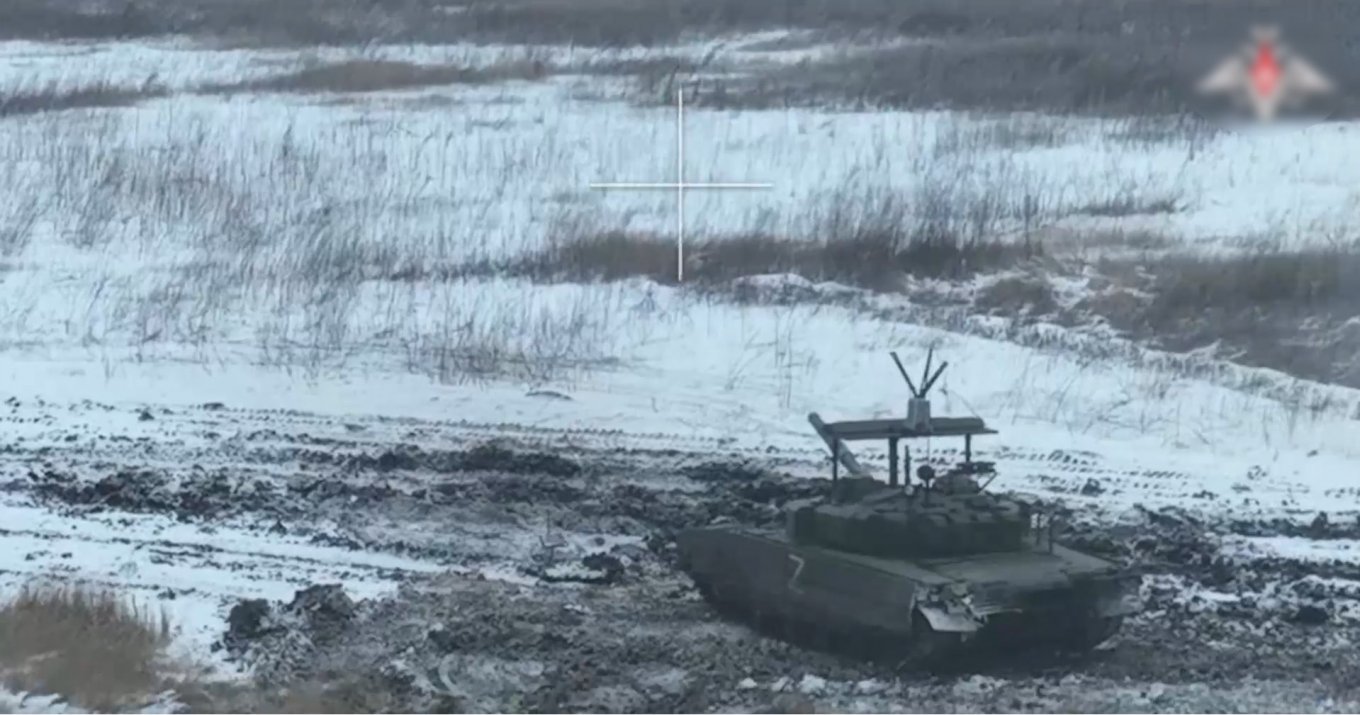
The first record about this system, made by the russian 3mx company, dates back to October 2023. As declared, Saniya can detect drones from 1.5 km away and "put them out of order" within a 1 km range. The power source capacity is up to 1,100 W.
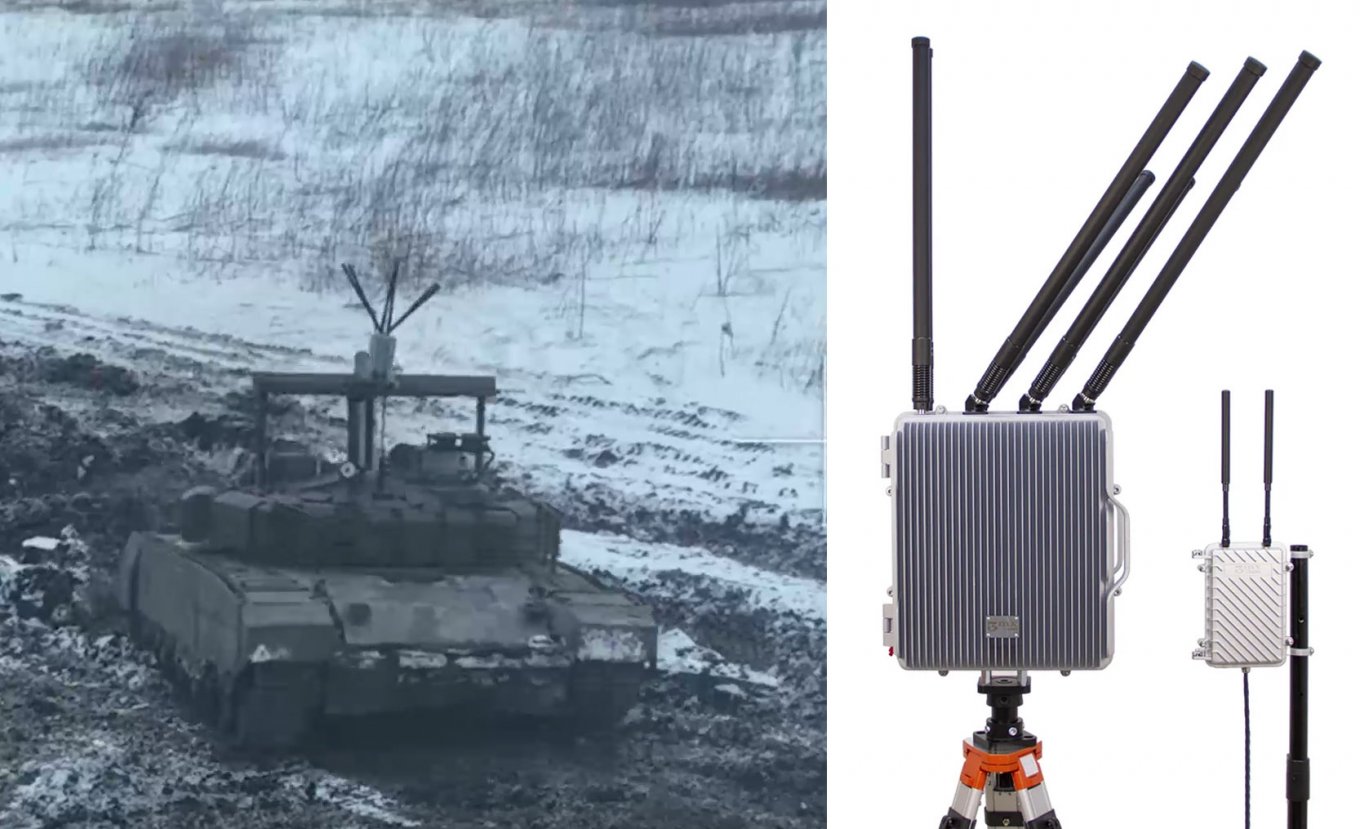
Worth noting, recently, media have been reporting that Ukrainian forces utilize an EW system called Sania on their Marder 1A3 combat vehicles. However, the source of this information, originally reported by Army Recognition, was not specified, and the photo provided as evidence (see below) demonstrates a device drastically different in size.

As for the russian counter-drone jammer, the introduction of this Saniya raises questions about the effectiveness of the russian army's standard anti-drone solution, which is installed on tanks right in the factories during manufacture or repairs, the Volnorez EW system. Its antenna looks like a mushroom sticking out of the turret, one of those was spotlighted in a russian media report from September 2023:
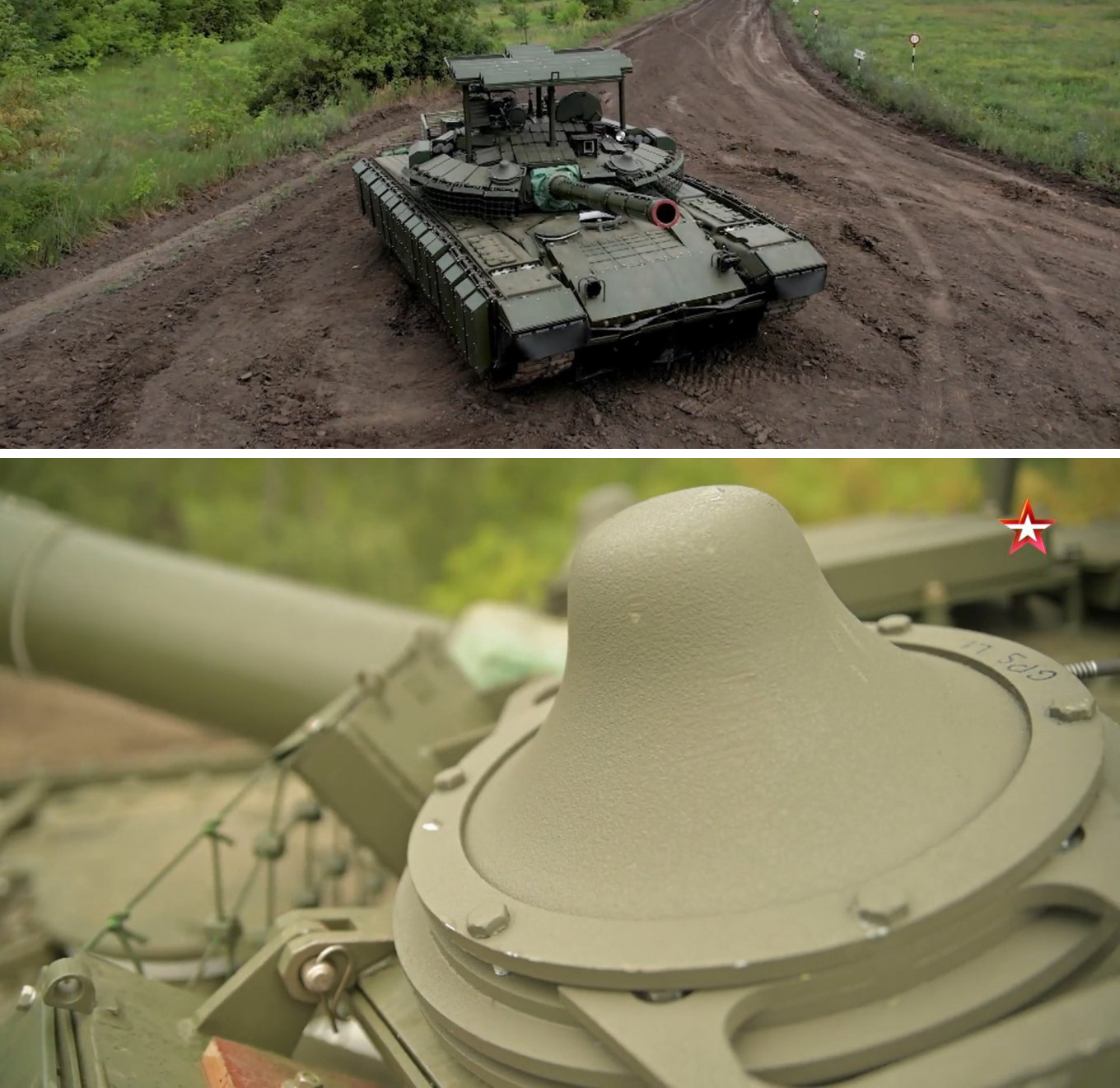
The russians were praising its effectiveness and planned to make them in large batches. Four months in, there comes a deliberate effort to advertise an entirely different device, which signals of russia's disappointment over the previous one. There are also indirect indications of Volnorez showing low effectiveness on the battlefield, in particular, Ukrainian forces managed to seize at least a few systems for analysis; there were also found loopholes in the frequencies and angles of area coverage.

On the other hand, the appearance of new devices and the major focus on development and field testing of EW systems underscores the importance and scale of this effort. Both russian and Ukrainian sides in this war are racing to develop drone-based weapons and measures to counter them. Some of them prove not so reliable while others pose a significant threat to the opponent.
Meanwhile, as noted, FPV drones are becoming more sophisticated, they acquire the so-called "machine vision" for autonomous attacks, a vector of development poised to render EW countermeasures ineffective in general.

Read more: Unprecedented Tech Data Leak From Special Technology Center LLC is a Treasure Trove of russian Secrets




